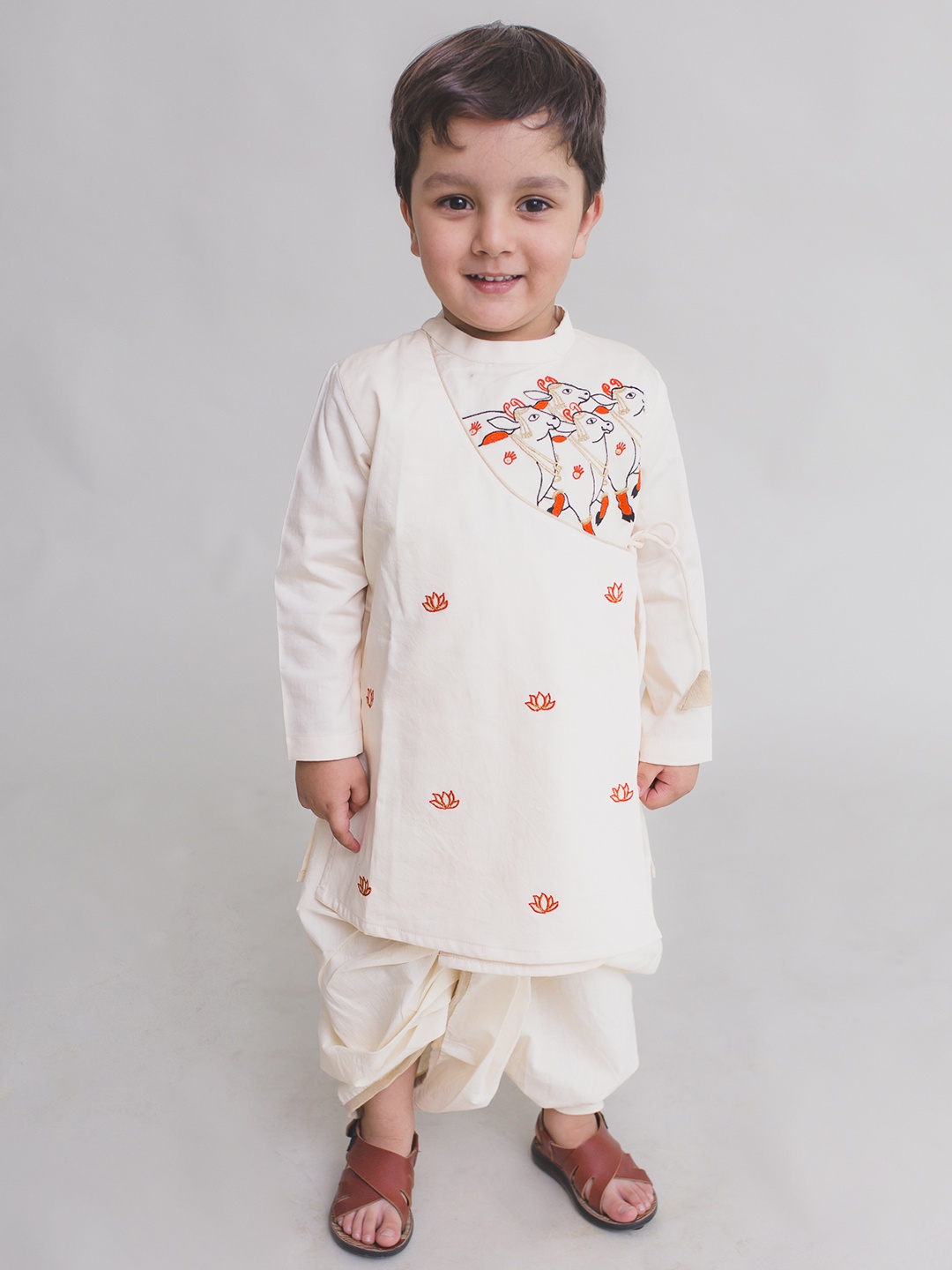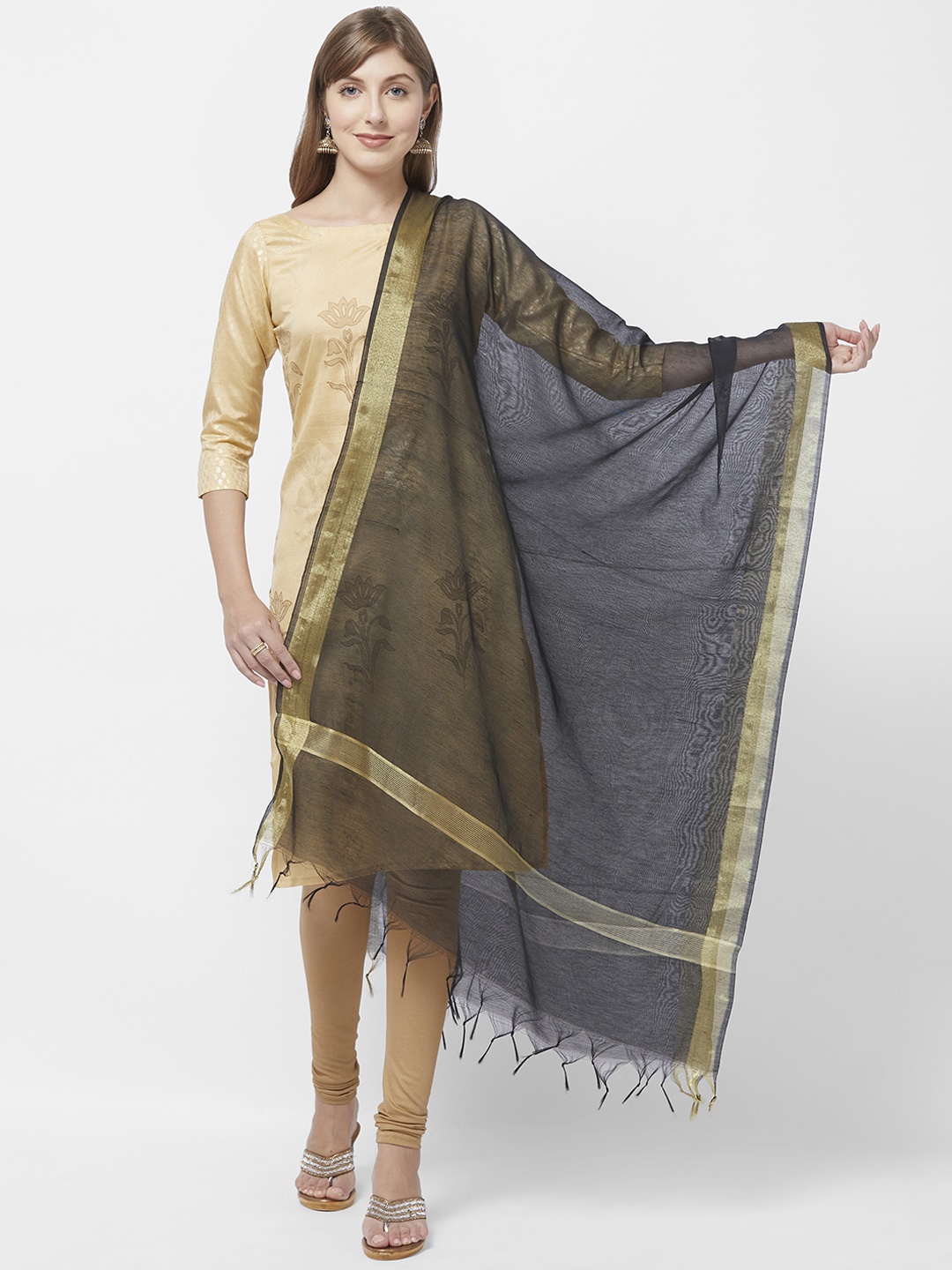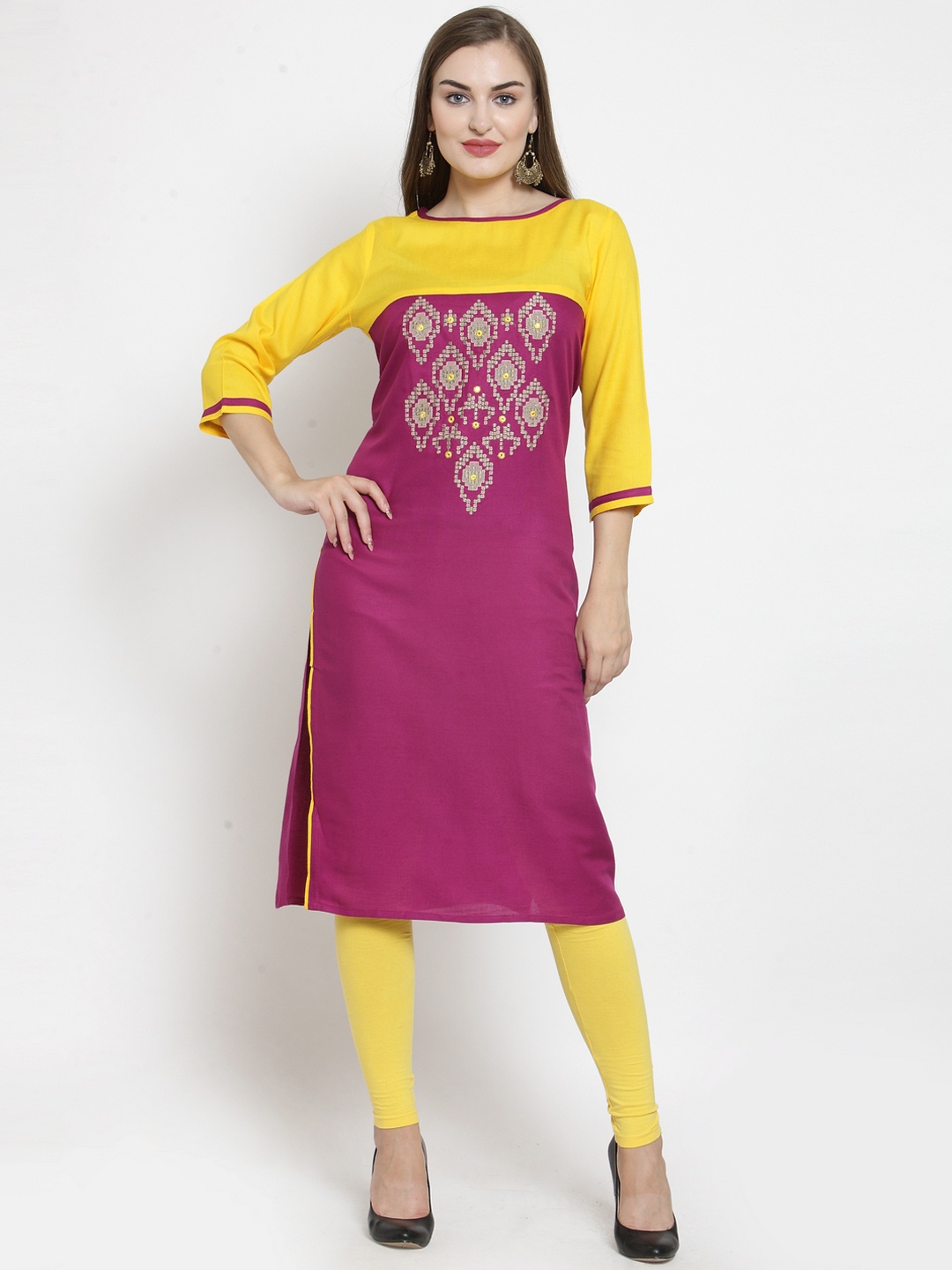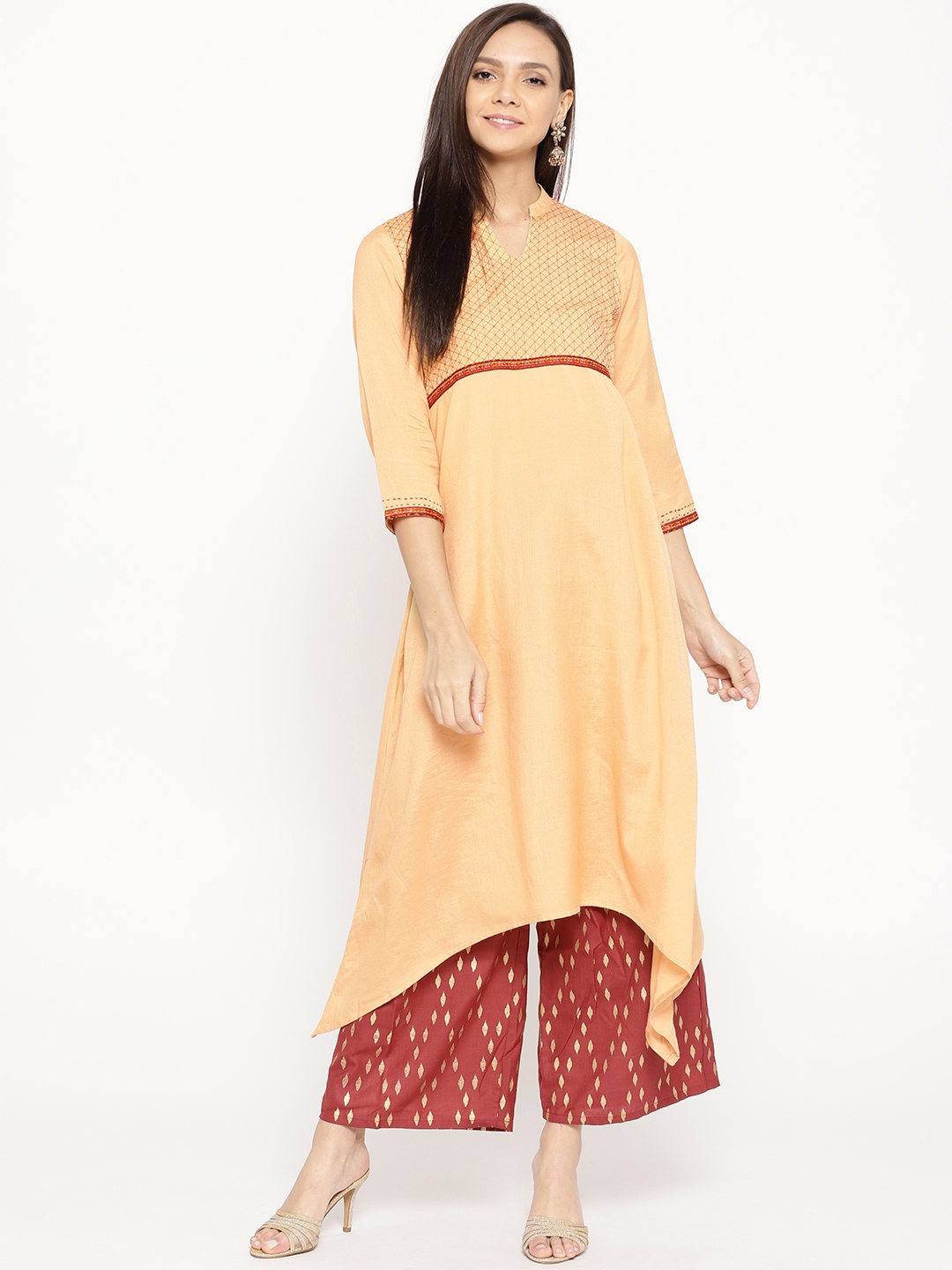10 Reasons Why Leather Belts Crack Quickly and How to Choose One That Lasts
A leather belt should be more than just a strap that holds trousers in place. It is meant to be a quiet companion in daily life, a small detail that pulls a look together. Here are 10 reasons why leather belts crack and how to find a high-quality one that will last for a long time.

Why Some Leather Belts Crack So Fast: And How To Pick One That Will Not.
In every wardrobe, there's that one accessory that silently shoulders the responsibility of style and utility, the leather belt. Whether it's wrapped around office trousers, paired with jeans for a weekend outing, or cinched at the waist for a formal event, the belt is both practical and personal. But while some belts age gracefully, developing that rich patina and charm of genuine leather, others betray their owners too quickly. Cracks appear, the top layer flakes off, and what once looked sharp now resembles a tired relic.
It's a frustrating experience. Spending ₹800 or even ₹1,200 on a belt, only to watch it crumble in less than a year, feels like a betrayal. The truth is, not all belts are created equal. Many are victims of shortcuts in manufacturing, cheap substitutes, or poor maintenance. The good news? With a little understanding and some smart choices, it's entirely possible to pick belts that will outlast fashion seasons and remain sturdy companions for years. Here are 10 reasons why leather belts crack and how to find a high-quality one that will last for a long time.

Learn Why Leather Belts Crack So Easily And How To Select A Durable One That Lasts; Photo Credit: Pexels
1. The Great Pretender: Fake Leather Masquerading as the Real Thing
A common culprit behind fast-cracking belts is the widespread use of synthetic leather, often sold as “genuine leather.” These belts look convincing at first glance. They even have a texture that resembles real leather. But underneath, it's usually bonded leather, a mix of scraps, glue, and synthetic coating.
Like that bargain shirt that shrinks after the first wash, these belts reveal their true nature with time. The surface coating starts to peel, especially where the belt bends at the buckle. Imagine spending ₹1,000 on what seemed like a classy belt, only to watch it flake like old paint within six months. It's disheartening.
True leather, by contrast, feels warm, flexible, and even develops character with age. Bonded leather, on the other hand, stiffens, cracks, and dies a premature death. So, if a belt claims to be “100% genuine leather” yet comes suspiciously cheap, there's a good chance it's playing dress-up.
2. Poor Craftsmanship: Where Belts Fall Apart Before Their Time
Even when a belt is made from decent leather, shoddy craftsmanship can spell doom. Weak stitching, thin cuts, and poorly finished edges mean the belt simply doesn't have the strength to withstand daily wear.
Think of it like a well-cooked biryani versus one rushed in a pressure cooker. Both might look appetising initially, but the flavour, texture, and satisfaction are worlds apart. In the same way, a belt made with care will last longer, while one slapped together will fray, warp, and crack sooner than expected.
It's the little details that count: tight, even stitching, solid metal buckles, and edges that are properly sealed. Belts made with attention to these details may cost more upfront, say, ₹1,500 instead of ₹600, but they repay that investment in durability and style.
3. Heat, Sweat, and Humidity: The Silent Villains
Leather is skin, after all. It reacts to its environment just as human skin does. In hot, humid climates, constant exposure to sweat, heat, and moisture weakens the fibres. This causes the belt to dry out, stiffen, and eventually crack.
Picture a belt worn daily for commuting on crowded buses or bike rides under the sun. It's no surprise that the leather begins to struggle. Leaving the belt on a window ledge where the sun beats down only accelerates the damage.
Just like moisturising dry hands or using sunscreen to prevent sunburn, leather too needs care. Conditioning it once in a while with a leather cream or oil helps it stay supple. A little effort, say, spending ₹200 on a conditioner every six months, can save a belt worth ₹2,000 from an untimely end.
4. The Buckle Strain: Where Cracks Begin
Look closely at most cracked belts, and the damage usually begins near the buckle holes. That's because these spots bear the brunt of pulling, bending, and fastening. Poor-quality leather or weak reinforcement gives way here first, leading to unsightly cracks that slowly creep along the length of the belt.
A belt worth its salt will be designed with this in mind. The area near the buckle should be slightly thicker or reinforced. Some brands even double-layer this section for added strength. Skimping on this detail is like building a bridge without checking its foundations. It might hold for a while, but collapse is inevitable.
So, when buying a belt, pay attention to how the buckle area feels. If it's thin, overly soft, or looks glued rather than stitched, it's a red flag.
5. The Myth of the “One Belt for All Occasions”
Many treat a belt like a one-size-fits-all accessory, wearing the same one with jeans, office trousers, and even formal attire. Unfortunately, this overuse is a recipe for early wear and tear.
A casual belt, made to be flexible for jeans, isn't meant to handle the same stress as a stiffer, formal one. When forced into double duty, it begins to give up sooner. Think of it like wearing running shoes to a wedding, they'll get the job done, but neither the shoes nor the outfit will truly shine.
Having at least two or three belts, one for casual wear, one for formal settings, and perhaps one sturdy everyday option, distributes the load. Yes, it may cost ₹3,000 altogether, but it's far better than replacing a single ₹1,200 belt every few months.
6. Skipping Basic Care: Neglect Comes at a Price
One of the biggest reasons belts crack is neglect. People rarely think of caring for a belt the way they would for shoes. Belts get tossed on the bed, left on damp floors, or stuffed into wardrobes without a second thought.
But leather, like wood, needs some attention. It benefits from being hung on a hook rather than curled in a drawer. Wiping it occasionally with a dry cloth prevents dirt from settling. Conditioning it every six months ensures the fibres don't dry out.
Neglecting these small habits is like never servicing a bike until it breaks down. Regular, light care costs very little, ₹200 to ₹300 a year, yet saves plenty in replacements.

Learn Why Leather Belts Crack So Easily And How To Select A Durable One That Lasts; Photo Credit: Pexels
7. The Allure of Cheap Belts: Penny Wise, Pound Foolish
Everyone has felt the pull of a roadside stall offering a stylish-looking belt for just ₹250. The designs may look trendy, and at that price, the temptation is strong. But cheap belts almost always crack within weeks.
It's the same story: low-grade bonded leather, flimsy buckles, and poor stitching. In the end, it's not really a bargain. Over three years, replacing four ₹250 belts costs ₹1,000, while a single well-made belt for ₹1,500 could outlast them all and look better doing so.
Cheap belts are fun impulse buys, but relying on them for daily use is like expecting a paper umbrella to survive the monsoon.
Also Read: Top 5 Wallet and Belt Combo Under ₹500, From Hornbull To Urban Forest, On Flipkart Sale
8. Choosing the Right Leather: Full-Grain vs. Top-Grain vs. Bonded
Understanding leather types is key to avoiding cracks. Full-grain leather is the highest quality, it comes from the top layer of the hide and retains natural fibres, making it strong and durable. Top-grain is slightly sanded down but still decent. Bonded leather, meanwhile, is essentially leftover scraps glued together.
Full-grain leather belts may seem expensive at first, ₹2,500 or more, but they're built to last years, even decades, with care. Top-grain is a middle ground, affordable yet fairly reliable. Bonded, as discussed, is the weakest.
Think of it like rice varieties: basmati, sona masoori, and broken rice. All have their uses, but only one consistently delivers fragrance and longevity.
9. Spotting Quality Before Buying: A Quick Checklist
A little awareness goes a long way when shopping for belts. First, smell the leather, real leather has a distinct earthy scent, while synthetic smells chemical. Second, check the edges. If they look glued or painted on, beware. Third, bend the belt. If it creases sharply instead of folding smoothly, chances are it's not real leather.
Good belts also feel heavier and sturdier. The buckle should be solid metal, not flimsy alloy. Brands that openly specify “full-grain leather” or “vegetable-tanned leather” are usually more trustworthy.
Spending ten minutes inspecting these details in a store can prevent six months of frustration later.
10. Style Meets Substance: Investing in the Right Belt
At the end of the day, a belt isn't just about utility, it's about personal style. A well-chosen belt pulls an outfit together, adds polish, and signals taste. Investing in a good one is like investing in a wristwatch or a pair of shoes: it quietly elevates confidence.
A fine full-grain leather belt, bought for ₹2,500, isn't just an accessory. It's a long-term companion. Over time, it develops a sheen and patina unique to its owner, becoming something no cheap belt can imitate. That charm alone makes the investment worth it.
So, when buying a belt, think of it not as a quick purchase but as a small step towards building a wardrobe that grows better with age.
Products Related To This Article
1. Hushahide Men Casual, Formal Black Artificial Leather Belt
2. KILLER Men Formal, Casual, Evening, Party Black Artificial Leather Reversible Belt
3. Red Harbour Men Casual, Evening, Party Brown Genuine Leather Belt
4. Roadster Men Formal, Casual, Evening, Party Black Genuine Leather Belt
5. PROVOGUE Men Formal, Casual, Party Brown Genuine Leather Belt
Belts crack for many reasons: fake leather, poor craftsmanship, neglect, or sheer overuse. But the solution lies in understanding how leather works, caring for it properly, and investing in the right type. Instead of repeatedly replacing belts that fall apart, choosing wisely once saves money, effort, and frustration.
A good belt doesn't just hold trousers up, it holds its ground against time. And when chosen carefully, it can become one of those quiet treasures in the wardrobe that only gets better with age. Shop now on Flipkart.
Disclaimer: The images used in this article are for illustration purpose only. They may not be an exact representation of the products, categories and brands listed in this article.

























